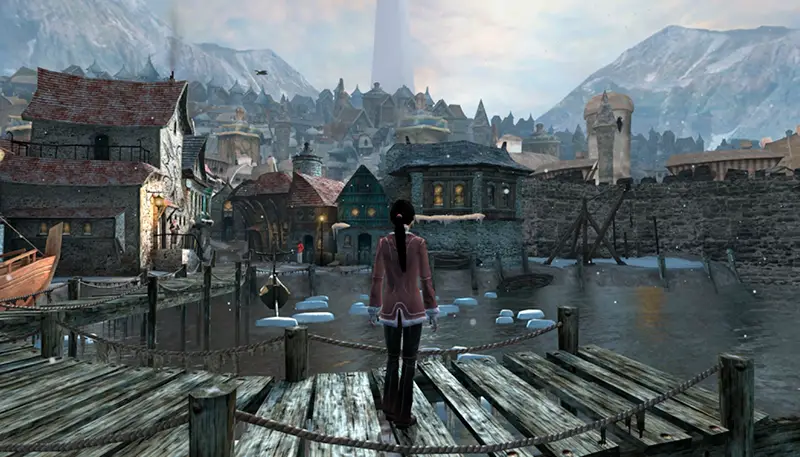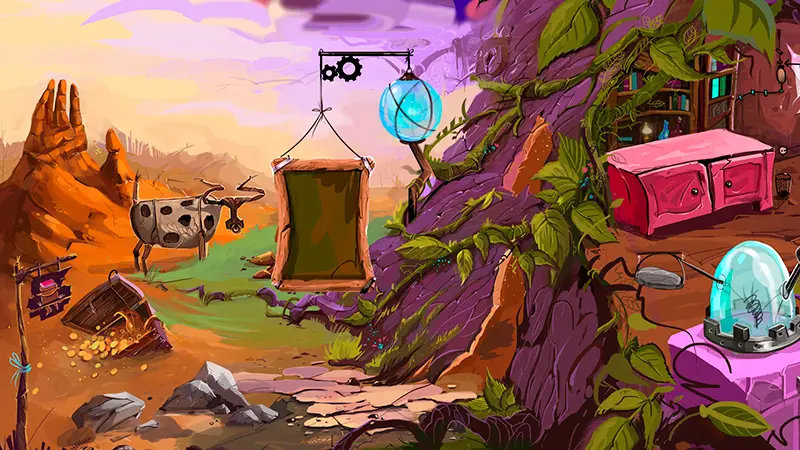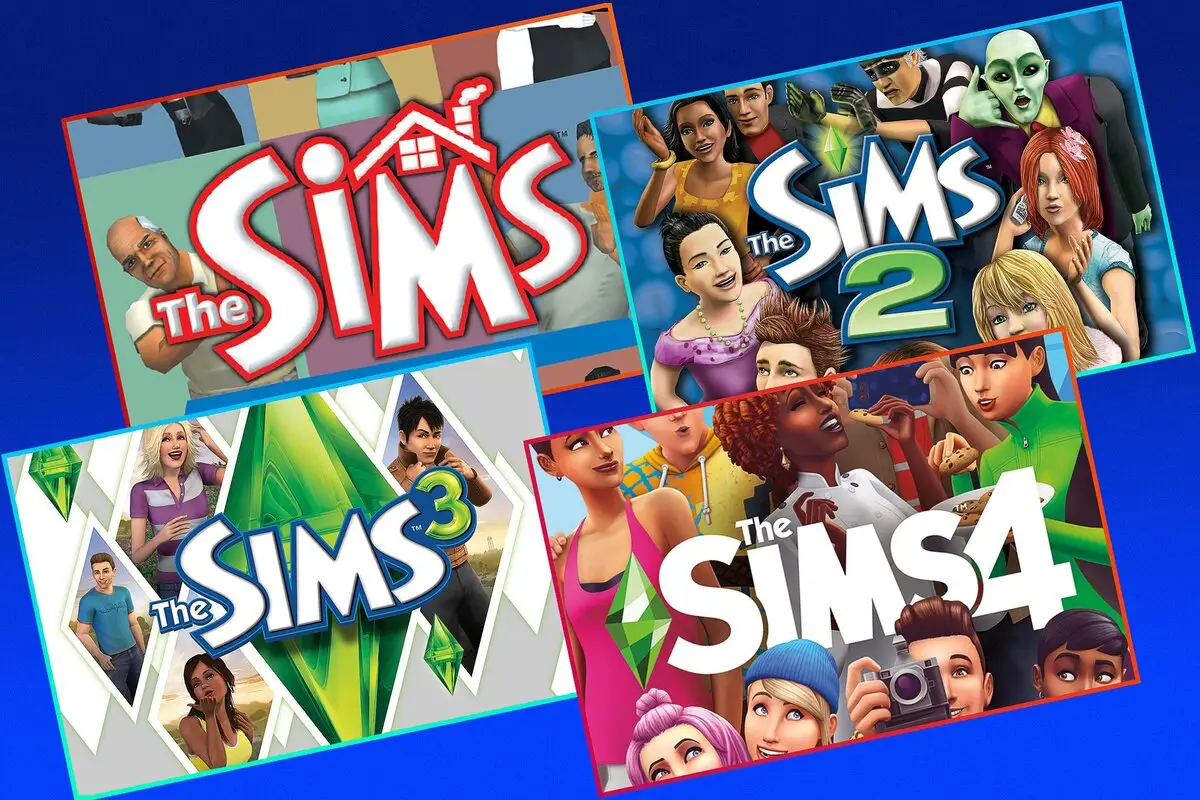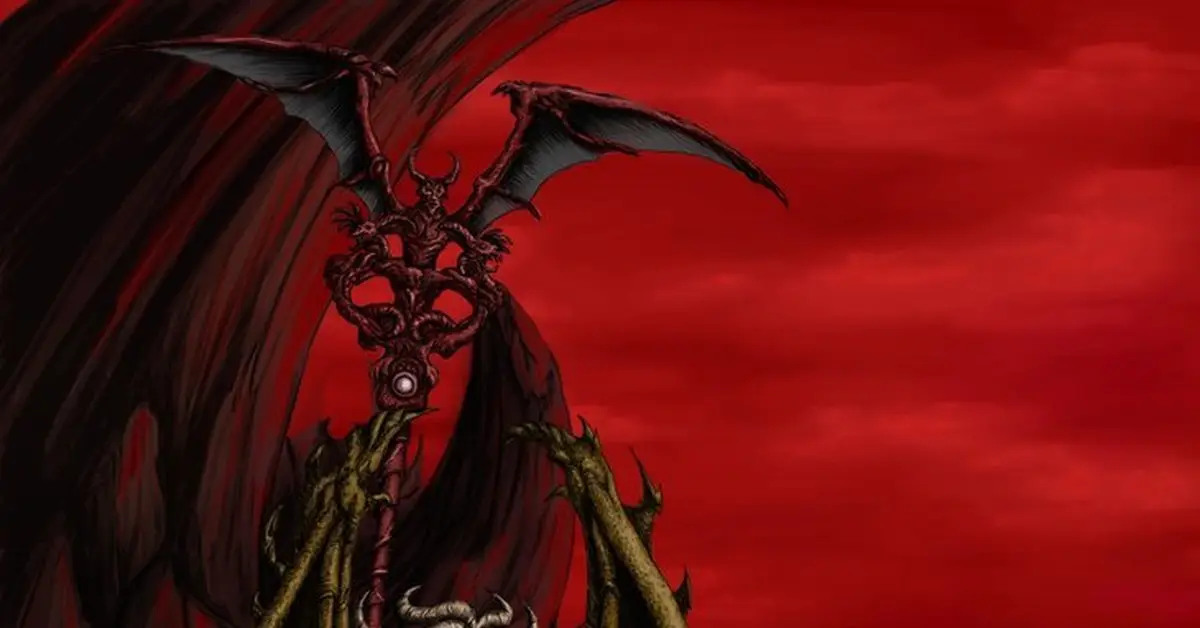In the video game industry, quests have long occupied a special place. Projects offer not just to pass the storyline, but to become a part of it, immersing in the atmosphere of puzzles, riddles and deep stories. Interesting quests on PC attract the attention of both beginners and experienced players, forcing them to analyse, empathize with the characters and make difficult decisions.
The article presents an overview of interesting quests on PC, including cult and modern projects. Let’s consider the most exciting and non-standard games that are worth trying.
Legends of the genre: the cult quests that started it all
The quest genre was born in the 1980s, when text adventures began to turn into graphic adventures. This period saw the emergence of text-based quests, where the player entered commands manually. He interacted with the game world through lines of text. The first landmark projects were Zork and Colossal Cave Adventure, which started a whole trend. Later, with the development of graphic technologies, games began to be filled with illustrations and animation, creating visually appealing worlds.
In the 90s, the quest industry made a huge leap, presenting to the world projects with detailed locations, complex puzzles and elaborate plots. It was in this decade there were games that are still considered the benchmark of the genre. Interesting quests on PC of that time were distinguished by deep character development, memorable dialogues and stylish pixel graphics.
Full Throttle Remastered – a classic in a new guise
LucasArts has created many iconic quests, but this one stands out for its cinematic nature. The story of biker Ben, forced to fight against a corporate conspiracy, combines trademark humour with a tense plot. The updated version improves the graphics and soundtrack while retaining the spirit of the original.
Space Quest series – space humour and challenging puzzles
Sierra On-Line gave the world not only serious adventures, but also comedy quests. The series follows the adventures of Roger Wilco, a caretaker who happens to be the saviour of the galaxy. Complex puzzles, absurd humour and parodic references made it cult.
The list of old-school PC quests is impressive for the variety of mechanics. Each game offers non-standard solutions that require attention to detail and out-of-the-box thinking.
Gloomy stories: missions with deep atmosphere
Not all adventure quests are filled with humour. Some PC games create a tense and oppressive atmosphere, forcing you to think about complex moral issues.
Beholder – dystopia in pixels
The action takes place in a totalitarian state, where the player controls the house manager, forced to spy on the residents. Each decision affects the fate of the characters: should you turn your neighbours in to the authorities or help them escape? The gameplay combines strategic elements with a non-linear plot, offering multiple endings.
The Black Mirror III is a dark detective with horror elements
This game completes the trilogy of gothic quests. The player will have to unravel the secrets of an ancient mansion connected with a curse. The project is characterised by a confusing scenario, creepy atmosphere and complex puzzles.
Interesting quests on PC often offer difficult moral choices, forcing you to think about the consequences of their actions. Games of this genre create unique emotional experiences.
Travelling through time and space
 Some quests transport players to fantasy universes in mind-boggling ways.
Some quests transport players to fantasy universes in mind-boggling ways.
The Longest Journey is an epic adventure
The quest is considered a benchmark among narrative games. The protagonist, April Ryan, discovers the existence of two parallel worlds – magical and technological. The journey between them is accompanied by complex mysteries, a great plot and deep characters.
Zarya-1 – Soviet fiction in game format
Domestic developers have created an atmospheric adventure game that recreates the spirit of Soviet science fiction. It presents an unusual mixture of detective and science fiction, where the player’s decisions affect the final outcome.
Many quests on PC offer not just passing the plot, but full immersion in detailed worlds, pushing the boundaries of the genre.
Psychological puzzles
Some projects emphasise on puzzles, turning the passage into a real challenge.
Varenje is a psychedelic puzzle game
Visually bright, but really complex quest offers to solve tricky tasks, travelling through surrealistic locations. The game stands out for its author’s style and non-standard mechanics.
Fran Bow – a creepy tale with a deep meaning
The story of Fran, a girl in a psychiatric clinic, combines elements of a psychological thriller and a classic quest. The project offers many unusual mechanics, including the ability to switch between reality and nightmare.
Interesting quests on PC demonstrates how interactive storytelling can touch on the most complex topics, offering new ways of perceiving the story.
Interesting Russian quests on PC
Domestic developers have made a significant contribution to the genre of adventure games.
Pilot Brothers series – humour and puzzles
Comedy style and non-standard tasks made the games popular among quest fans. They are distinguished by unique drawing and a lot of funny situations.
Syberia
French developer Benoît Sokal has created one of the most famous adventure games – Syberia. The game tells the story of Kate Walker, who went on a mysterious journey through Eastern Europe. The project amazes with the elaboration of the world and atmosphere.
Interesting quests on PC Russian and foreign production offer a huge range of styles, mechanics and moods, allowing everyone to find their perfect game.
Conclusion
 Modern games provide a wide range of adventure stories. From classic LucasArts projects to new psychological dramas. Interesting quests on PC can captivate even the most demanding player. Each presented project is unique, whether it is a gloomy dystopia, exciting journey or absurd comedy. The main thing is to choose a game that suits your personal preferences and passing style.
Modern games provide a wide range of adventure stories. From classic LucasArts projects to new psychological dramas. Interesting quests on PC can captivate even the most demanding player. Each presented project is unique, whether it is a gloomy dystopia, exciting journey or absurd comedy. The main thing is to choose a game that suits your personal preferences and passing style.
 en
en  de
de  ar
ar  es
es  nl
nl  hi
hi  fr
fr  it
it  pt
pt  el
el 



